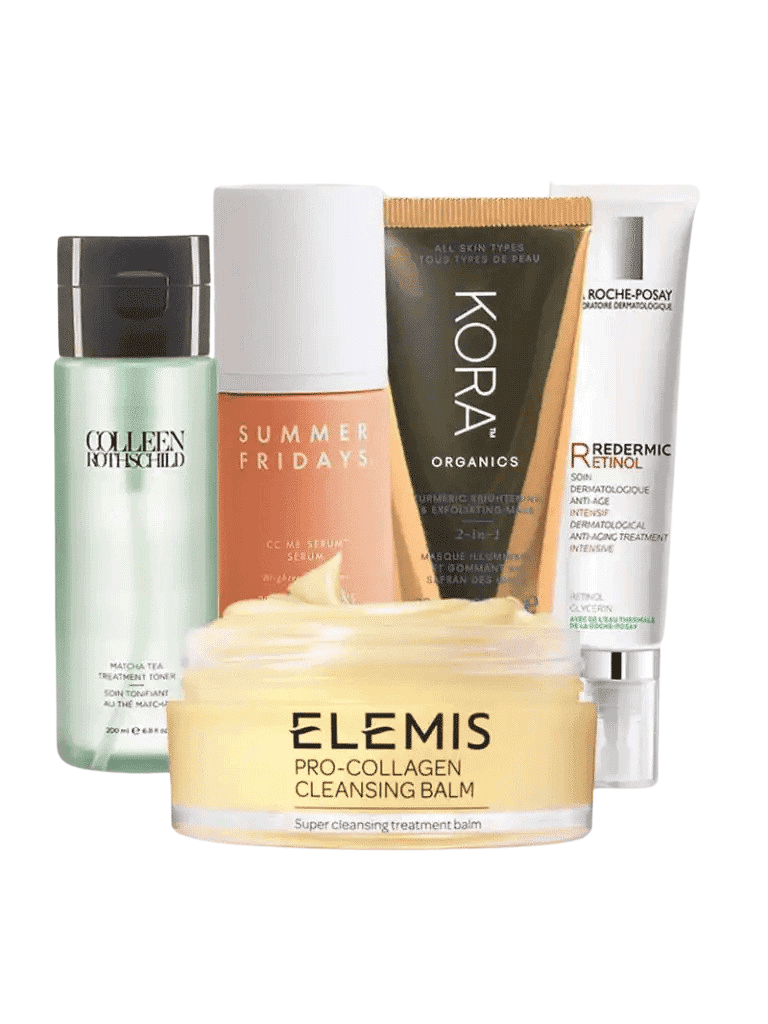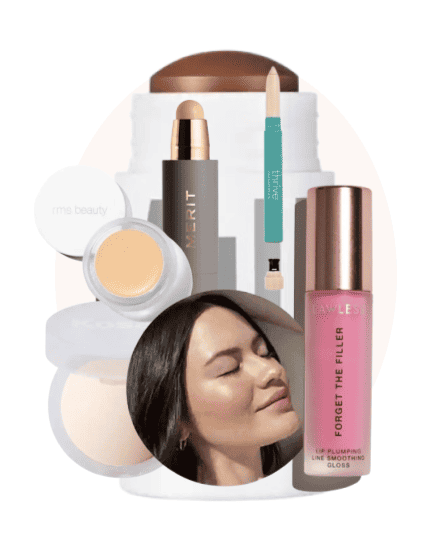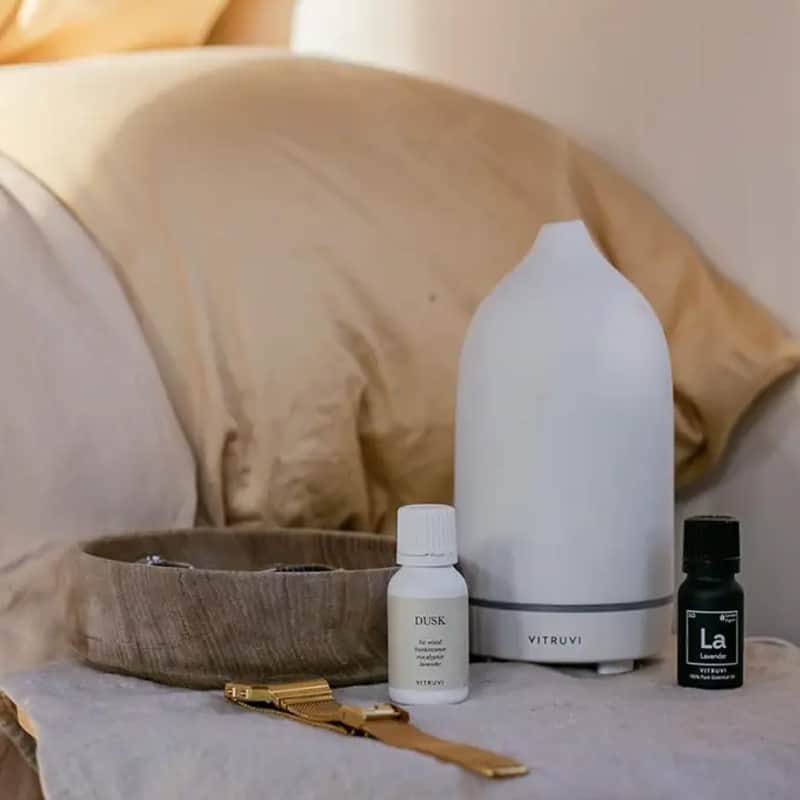
Deodorant Health Risks
There are several ingredients in deodorant that have scientists and doctors concerned. The main one is aluminum, which is used in deodorant to plug your sweat ducts, preventing perspiration and body odor. Some research has shown that aluminum can be absorbed by the body and have similar effects to the hormone estrogen. And because deodorant is applied near the breast, it’s thought that the aluminum might promote the growth of breast cancer cells. Other concerns have been raised that aluminum can also be tied to Alzheimer’s disease. However, it is worth noting that no research has proven that these links are real.
Another ingredient people are concerned about in deodorant is parabens, which are preservatives that have also been shown to act like estrogen, making them, too, a breast cancer concern. However, there is no conclusive research to prove this theory, either.
Other ingredients commonly found in deodorant, like triclosan, phthalates, and fragrance have been pointed to as potentially being harmful to our health, mostly in how they impact our hormones, as well as their potential to irritate our skin.
Ultimately, no conclusive research has proven that deodorant is definitively bad for us. That being said, further research can always be done and being concerned about what you put on your body is always valid.

Making Your Own Deodorant
If you want to feel safer by using a product whose ingredients you can be sure of, it can always be a good idea to use a DIY deodorant that you make yourself at home.
Here is a DIY deodorant recipe that we recommend. It’s easy to make at home and customize to your needs.
- 2 tablespoons baking soda
- 2 tablespoons cornstarch
- 3 tablespoons coconut oil
- 10 drops of your favorite essential oil (optional)
Here, the baking soda and cornstarch will absorb your perspiration, while the coconut oil’s natural disinfectant properties will fight the bacteria that causes odor. The optional essential oil will add a nice scent of your choosing to help mask any leftover unpleasant smells. Lavender, citrus, and sandalwood are all good options. To use this DIY deodorant, just mix all of the ingredients together, store in an empty jar, and apply to your armpits with your fingers.

















